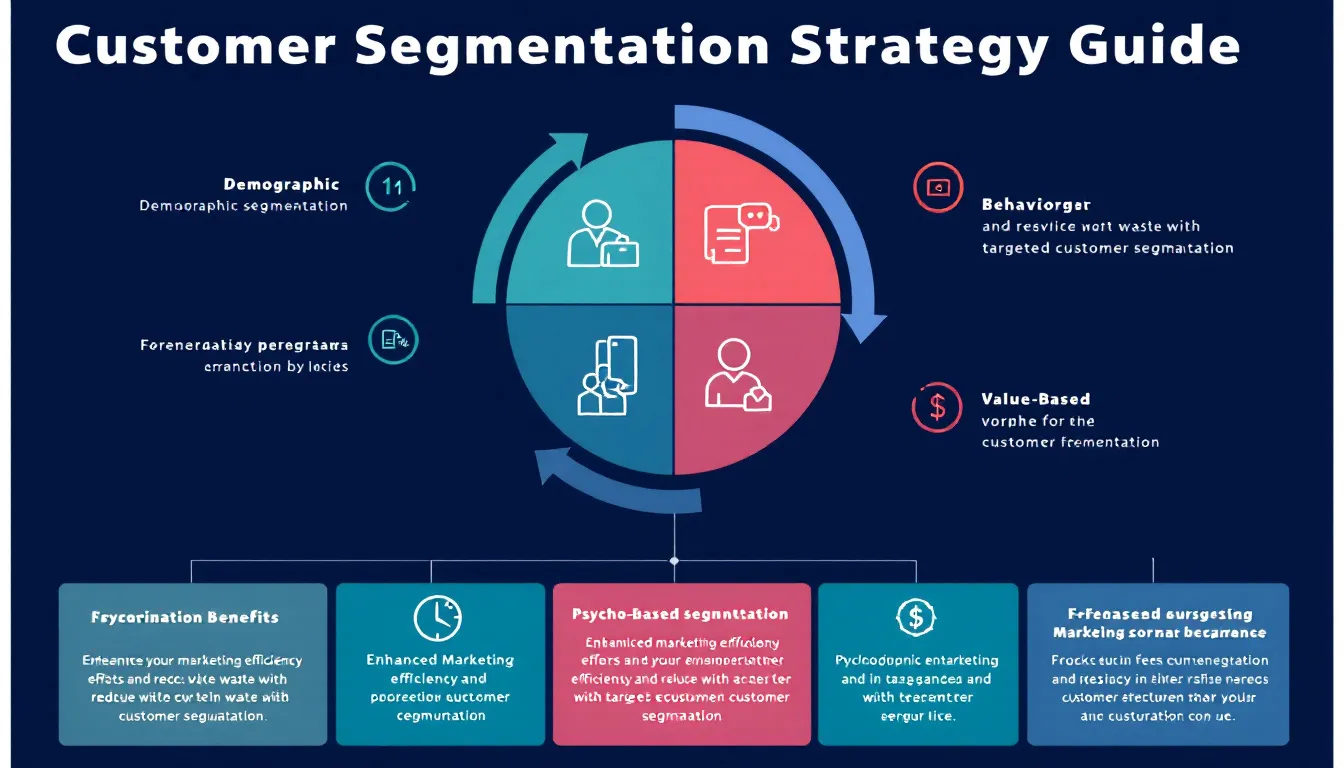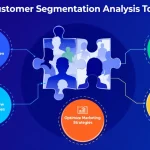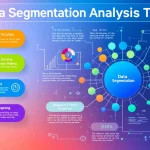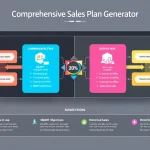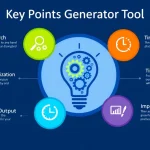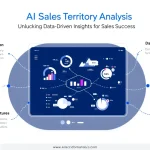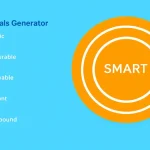Is this tool helpful?
How to Use the Customer Segmentation Strategy Generator
This advanced customer segmentation tool helps businesses develop targeted marketing strategies by analyzing key business information. Here’s a detailed guide on using each field effectively:
Field-by-Field Guide
- Type of business or industry: Enter your specific business sector. For example:
- “Luxury cosmetics retail with both online and physical stores”
- “B2B software solutions for healthcare providers”
- Available customer data: List all customer-related data points you have access to. Sample entries:
- “Monthly purchase frequency, average order value, preferred product categories, age range 25-55, location data, email engagement rates”
- “Company size, industry vertical, contract renewal rates, support ticket frequency, feature usage statistics”
- Primary business objectives: Detail your key business goals. Examples:
- “Increase customer lifetime value by 30%, reduce churn rate by 15%, expand into luxury skincare market”
- “Boost enterprise client acquisition by 25%, improve product adoption rates, increase referral sales”
Understanding Customer Segmentation Strategy Generation
Customer segmentation is a strategic approach to dividing your customer base into distinct groups based on shared characteristics, behaviors, and needs. This tool employs advanced analysis to create meaningful customer segments that drive targeted marketing efforts and improved business outcomes.
Core Components of Segmentation
- Demographic Segmentation
- Behavioral Patterns
- Psychographic Profiles
- Value-Based Categories
- Engagement Levels
Benefits of Using the Customer Segmentation Generator
1. Enhanced Marketing Efficiency
By identifying distinct customer groups, businesses can:
- Reduce marketing spend waste by targeting specific segments
- Create more resonant messaging for each group
- Optimize channel selection based on segment preferences
2. Improved Customer Experience
- Personalized product recommendations
- Tailored communication strategies
- Custom service approaches for different segments
3. Business Growth Optimization
- Identify high-value customer segments
- Uncover underserved market opportunities
- Guide product development priorities
Strategic Implementation of Segmentation Results
Practical Application Examples
Consider an online fitness equipment retailer using the segmentation tool:
Input Data:- Business Type: “Online fitness equipment retail”
- Customer Data: “Purchase history, website browsing patterns, email engagement, product category preferences”
- Business Goals: “Increase repeat purchases, expand professional gym equipment sales”
- Home Fitness Enthusiasts (35% of customer base)
- Characteristics: Regular purchases of moderate-priced equipment
- Strategy: Monthly equipment bundles, home workout guides
- Professional Gym Owners (15% of customer base)
- Characteristics: Bulk orders, high-end equipment preferences
- Strategy: Volume discounts, dedicated account management
- Seasonal Buyers (50% of customer base)
- Characteristics: New Year resolution peaks, holiday shopping
- Strategy: Seasonal promotions, retention campaigns
Implementation Framework
1. Data Analysis Phase
- Review customer data patterns
- Identify key segmentation variables
- Establish segment boundaries
2. Strategy Development
- Create segment-specific value propositions
- Design targeted marketing campaigns
- Develop customized service approaches
3. Implementation and Monitoring
- Deploy segment-specific strategies
- Track segment performance metrics
- Adjust approaches based on results
Practical Use Cases
Case Study 1: E-commerce Fashion Retailer
A fashion retailer used the segmentation tool to identify four key customer segments:
- Trend-Forward Fashion Enthusiasts
- Value-Conscious Shoppers
- Luxury Buyers
- Occasional Shoppers
This segmentation led to:
- 25% increase in email campaign engagement
- 40% improvement in promotional response rates
- 30% growth in customer lifetime value
Case Study 2: B2B Software Provider
Segmentation results revealed:
- Enterprise Clients (20% of revenue)
- Mid-Market Companies (50% of revenue)
- Small Business Users (30% of revenue)
Implementation outcomes:
- 35% increase in enterprise client retention
- 45% improvement in upgrade rates
- 28% reduction in customer acquisition costs
Frequently Asked Questions
Q: How often should I update my customer segmentation strategy?
A: Best practice is to review and update segmentation strategies quarterly or when significant market changes occur. This ensures your segments remain relevant and effective.
Q: What’s the minimum customer base size needed for effective segmentation?
A: Effective segmentation can be performed with any customer base size. The key is having quality data about your customers rather than focusing on quantity.
Q: How many segments should I create?
A: Most businesses benefit from 3-7 distinct segments. The optimal number depends on your business complexity and resource capacity to serve different segments effectively.
Q: Can I use this tool for both B2B and B2C businesses?
A: Yes, the tool is designed to accommodate both B2B and B2C business models, adjusting its analysis and recommendations accordingly.
Q: How do I prioritize which segments to focus on first?
A: Focus on segments with the highest potential value and those most aligned with your business objectives. Consider factors like segment size, profitability, and growth potential.
Q: What types of data are most valuable for segmentation?
A: The most valuable data typically includes purchase history, behavioral data, demographic information, and engagement metrics. However, the specific importance varies by industry and business model.
Important Disclaimer
The calculations, results, and content provided by our tools are not guaranteed to be accurate, complete, or reliable. Users are responsible for verifying and interpreting the results. Our content and tools may contain errors, biases, or inconsistencies. We reserve the right to save inputs and outputs from our tools for the purposes of error debugging, bias identification, and performance improvement. External companies providing AI models used in our tools may also save and process data in accordance with their own policies. By using our tools, you consent to this data collection and processing. We reserve the right to limit the usage of our tools based on current usability factors. By using our tools, you acknowledge that you have read, understood, and agreed to this disclaimer. You accept the inherent risks and limitations associated with the use of our tools and services.
